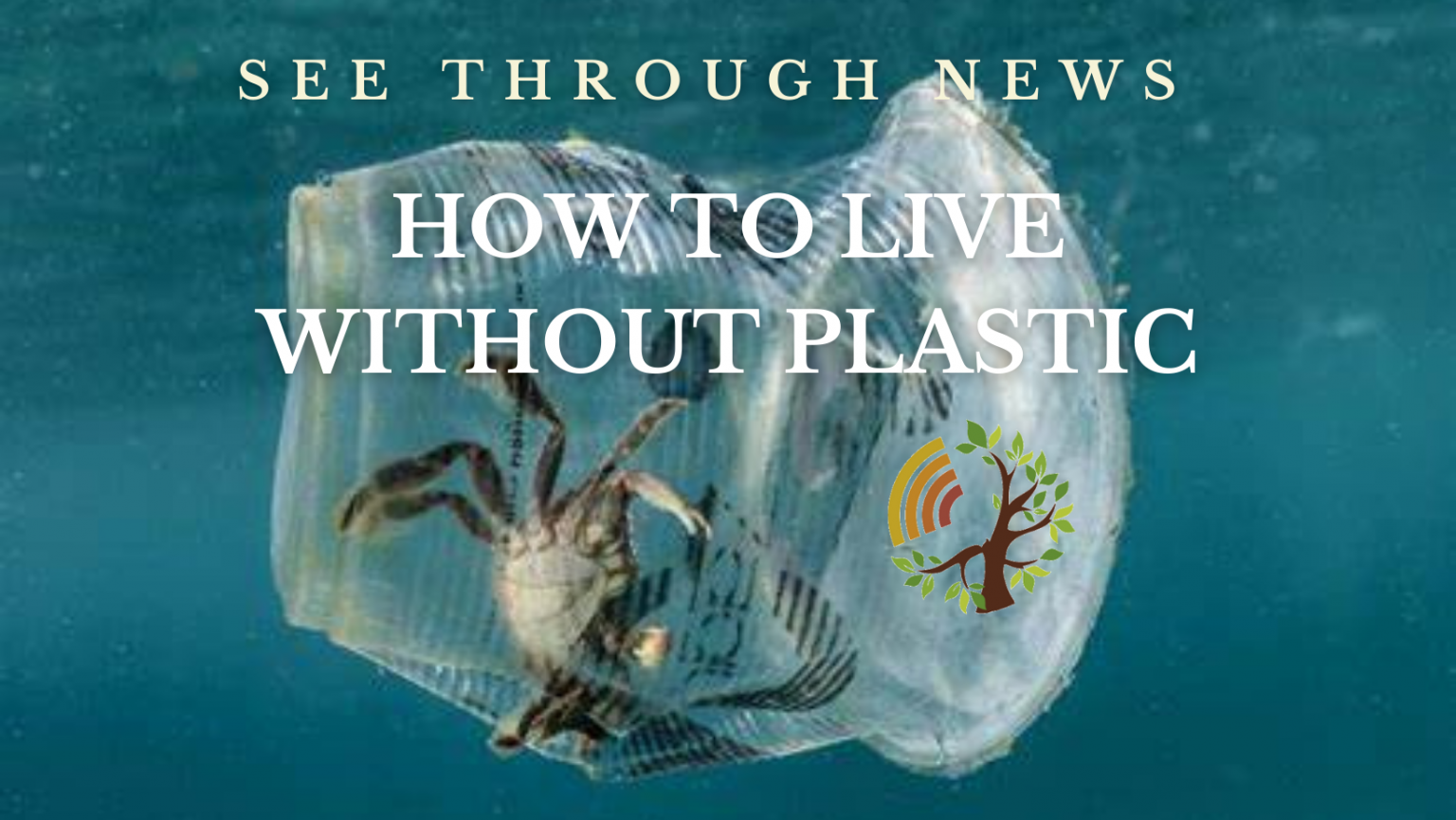A case study in Climate Action and Inaction
Our New Problem
Over the past 60 years or so, our species has introduced entirely new substances into our planet’s ecosystem – plastics and micro-plastics.
The benefits of a new lightweight, versatile, cheap disposable material are huge, so long as we don’t include the environmental cost.
Now we’re starting to realise just how big a tab we’ve run up.
This article sets aside the carbon emission costs of using fossil fuel as a raw material. That’s alarming enough. Here, however, we examine what activism/inactivism lessons we can draw from our plastic addiction.
What’s our collective psychological response to the wound we’ve inflicted on our ecosystem, and what can we learn about making our climate activism more effective?
Plastic’s Everywhere
Now we’ve started looking for microplastics, we’re discovering they’re already pretty much everywhere: the top of Everest, the bottom of the Marianas Trench, foetal blood cells.
Having only just realised the unintended consequences of our plastic addiction, we have little idea of its long-term implications, risks and costs.
What could possibly go wrong with our sudden embrace of plastic, after a few hundred thousand years somehow managing without it?
Over the past couple of billion years of life on earth, no living thing has adapted to microplastics – there’s been no need. So it’s reasonable to assume plastic’s impact on our food chain and ecosystem will be considerable, unpredictable and disruptive.
The problem is a familiar staple of Hollywood plots – the sudden introduction of a huge volume of something new to balanced environments never turns out well.
But in the movies, there’s always an individual hero on hand to ‘save the planet’ (though they nearly always actually save human civilisation).
The turtles wrapped in plastic rope and albatross stomachs full of plastic bottle tops turn out to be merely the first harbingers of a still-unfolding story.
What happens next?
We don’t know how the story ends. We can still influence the outcome, but how?
Do we count on Hollywood’s preferred version, and leave it to some obscure but courageous hero, some brilliant boffin coming up with some magic bullet? The appeal of these fantasies is obvious – heroes and boffins let the rest of us off the hook of having to actually do anything.
Or do we all have to change our behaviour? This is a harder sell, for obvious reasons.
We’ve generally evolved to be wary of change, so this doesn’t come naturally.
If we need behavioural change, how will that happen?
Should we rely on everyone simultaneously being convinced by the science, and us all spontaneously changing our individual behaviours?
Or it is more likely to happen quicker, and at a larger scale, if our governments compel us to change our behaviour?
Prepare for the worst, that’s the hope
Humans have a tendency to be over-optimistic when inaction is required, and over-pessimistic when we need to change our behaviour. We all do it, and for good reason. ‘Wait and see’ is not a bad rule of thumb, along with ‘could be worse’, ‘mustn’t grumble’, ‘it is what it is’ and other synonyms for ‘let’s do nothing’.
This adaptation has got us where we are, and works well at a small scale. In the face of an existential crisis like climate change, however, it may see us off as a species. Plastics are both a by-product of the fossil fuel industry, and a symptom of our inertia.
So what are we going to do about our latest problem, plastics? Will we revert to type, and favour inaction? Or take positive steps to change our behaviour?
Here are a couple of illustrative case studies, typical of both approaches:
Inaction Case Study: Plastic-Munching Robot Fish
Action Case Study: How To Live Without Plastic

